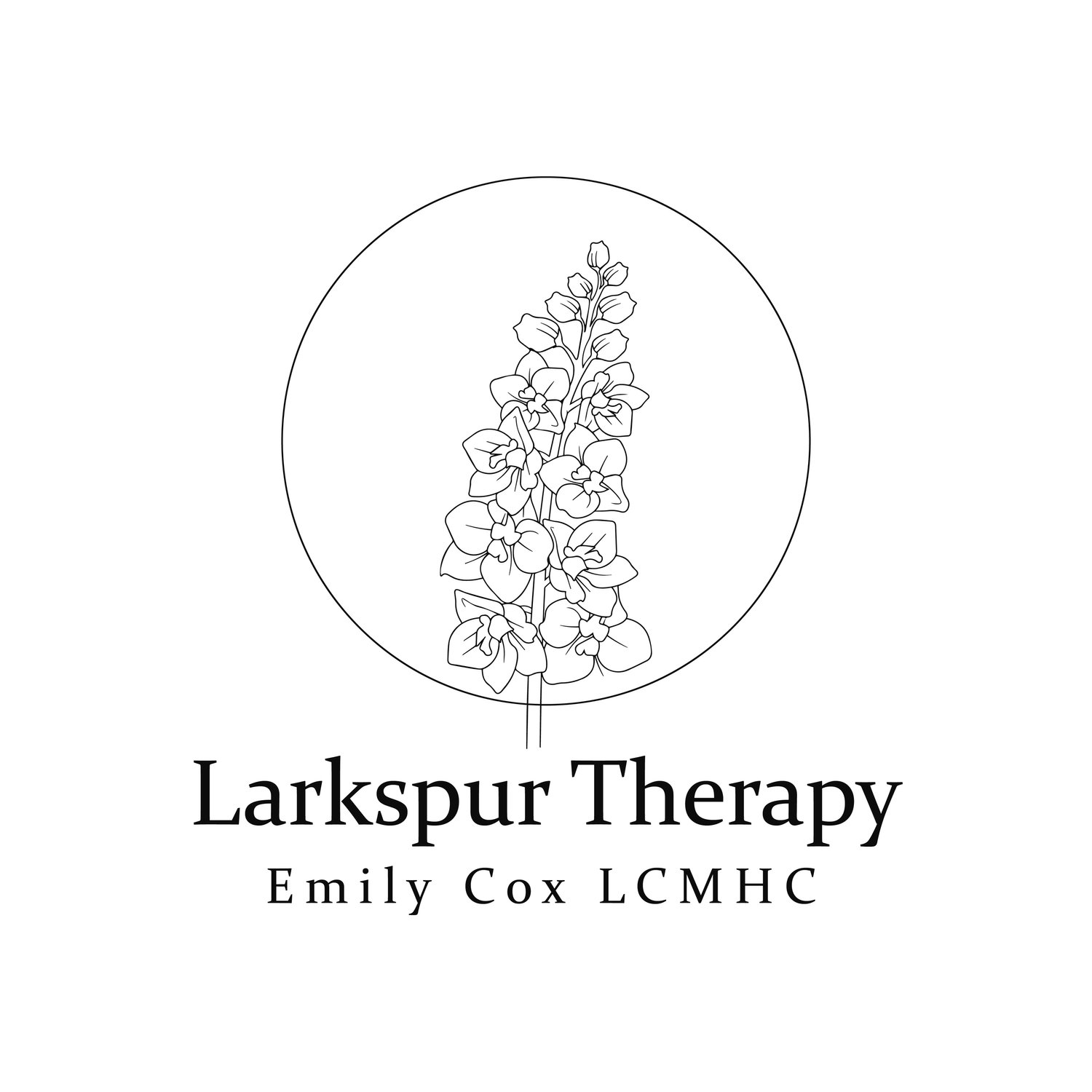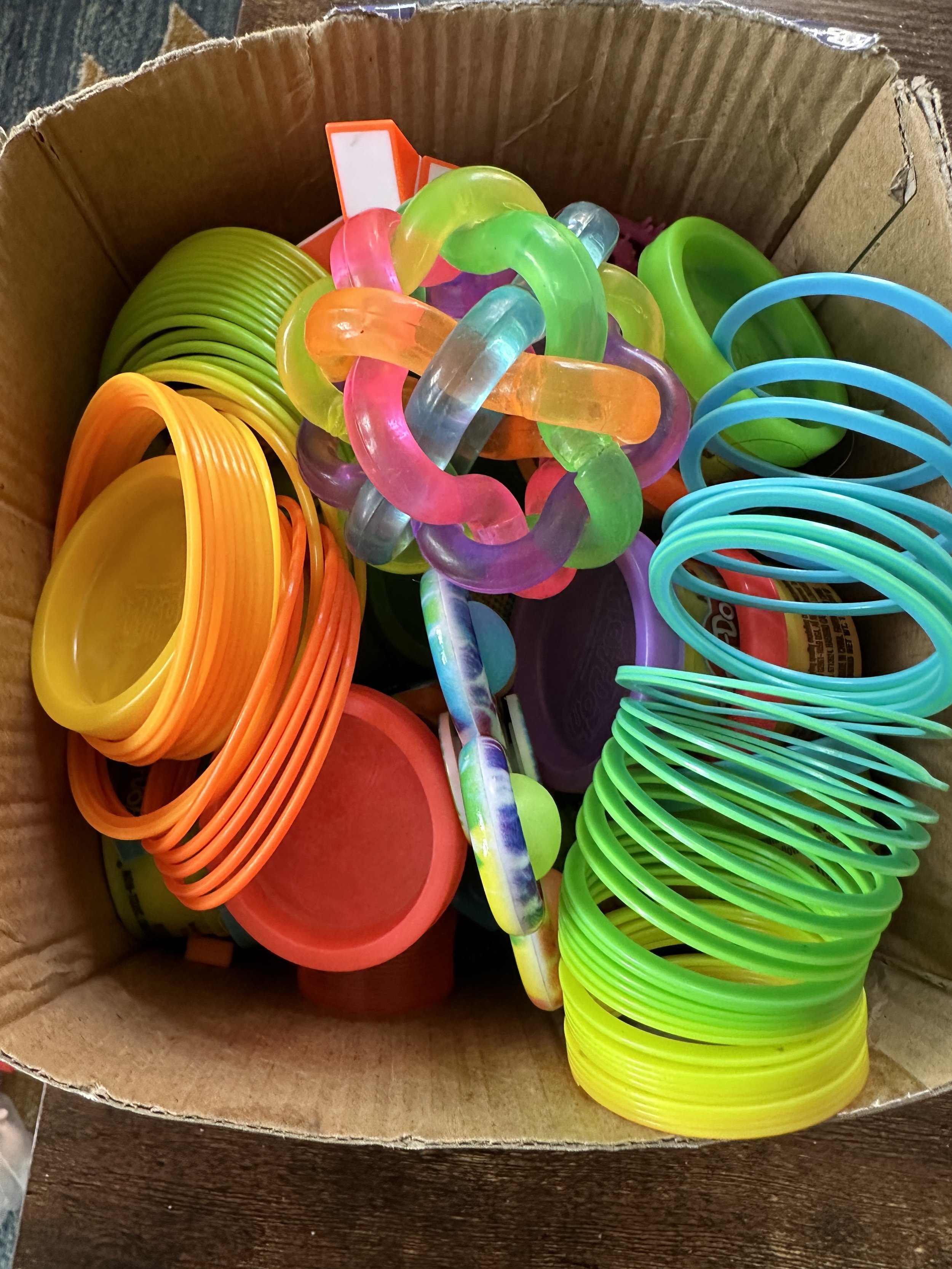Expressive Arts Therapy
Imagine you have a big box of colorful crayons, markers, paint, chalk, glitter, and maybe even some musical instruments like a keyboard or drums. Expressive arts therapy is like using all these different tools to help you express your feelings and thoughts. It's less about making pretty pictures, more focused on using art, music, and movement to show your inner world. The important thing is how you feel while creating, not what the final artwork looks like. Expressive arts therapy can help you feel better and understand your feelings through the process of creating.
Expressive Arts Therapy is different than Art Therapy. Art Therapy focuses mainly on using art to help you feel better and understand your emotions through the exploration of the created art. In art therapy, you might work with a trained therapist who will guide you through making art and through reviewing the content of the created piece.
In a nutshell, expressive arts therapy is like using a whole bunch of creative tools to express yourself, including art, music, and movement. Art therapy, on the other hand, is using art specifically with the help of a specifically trained therapist to understand your feelings and feel better emotionally. Both can be really helpful for people who want to express themselves and feel happier.
I use Expressive Arts Therapies to help clients move past blockages and express things that are hard to discuss with words. How this looks in session can be doing a guided drawing, creating a visual journal entry, making a Feelings Monster, writing a narrative to a past self, and using metaphor to look at problems in a different way. We use different tools to help unlock expression and create growth and healing.
Using Expressive Arts can be helpful for Neurodivergents, children, unsure teens, and any who may find it challenging to express their thoughts and feelings with words.
Expressive arts therapy provides an alternative way for communication and self-expression. Clients can use art, music, or other creative forms to convey their emotions, ideas, and experiences.
Engaging in art activities allows people to explore and control sensory input in a structured and enjoyable way. Those who experience heightened sensitivity to sensory experiences can experiment with different textures, colors, and materials. Through this supported sensory exploration, clients can practice and learn how to regulate some sensory sensitivities.
Using Expressive Arts Therapies can assist with emotional self-regulation skills. Creating art can be a soothing and calming activity, connecting to our bodies and sense of peace. The creative process helps us express and process our feelings, reducing anxiety and frustration.
As we create art and see our creations, it can boost self-esteem and confidence. Art can act as a medium for externalizing these feelings, allowing individuals to see them as separate from themselves. This can be a powerful step toward building confidence and coping with difficult emotions. Success in art can translate into increased self-assurance in other areas of life.
If this sounds like something you want to try, contact me for a consultation
Sand Tray Therapy
Sand tray therapy is a therapeutic technique that uses a tray of sand and a selection of miniatures to help people express themselves without words. People create scenes of miniature worlds that reflect inner thoughts, struggles, and concerns. Sand Tray can be away to help people cope with trauma and anxiety, as well as express their inner worlds without needing words.
Clients can use the Sand Tray to show how you feel inside. It may be a happy scene, or a confused scene. If you're feeling worried or sad, you can use the miniatures to show that too. It's like making art with toys It is sort of like playing with toys, but it helps people share thoughts and emotions in a fun and meaningful way.





